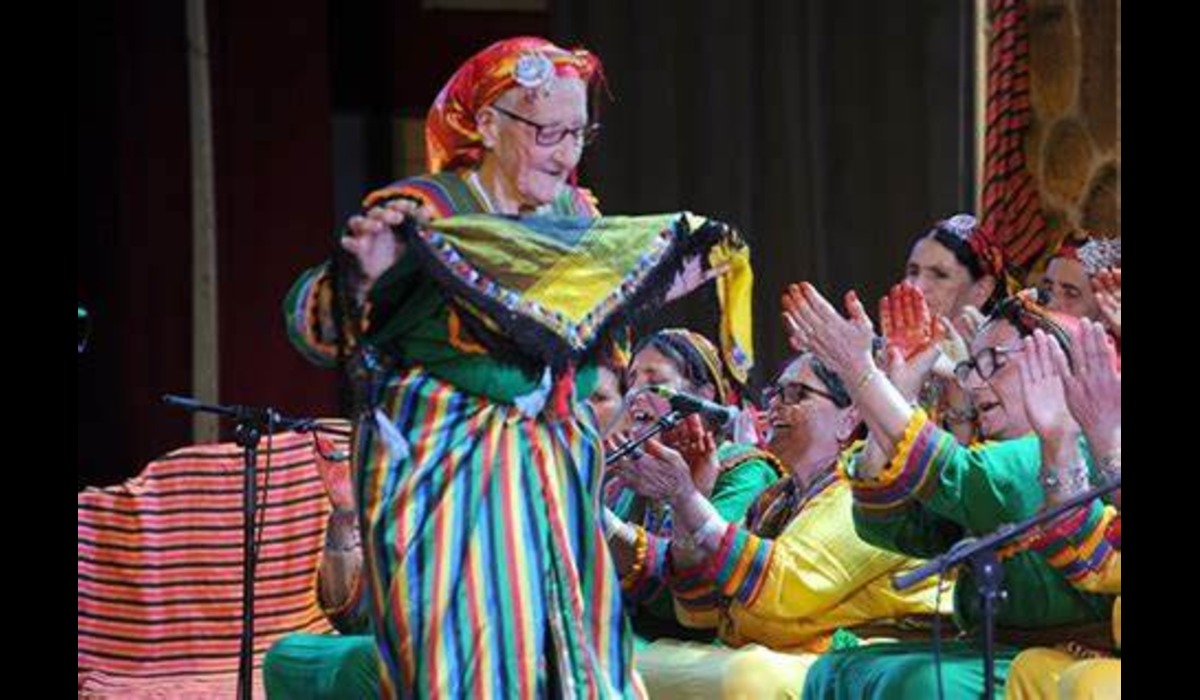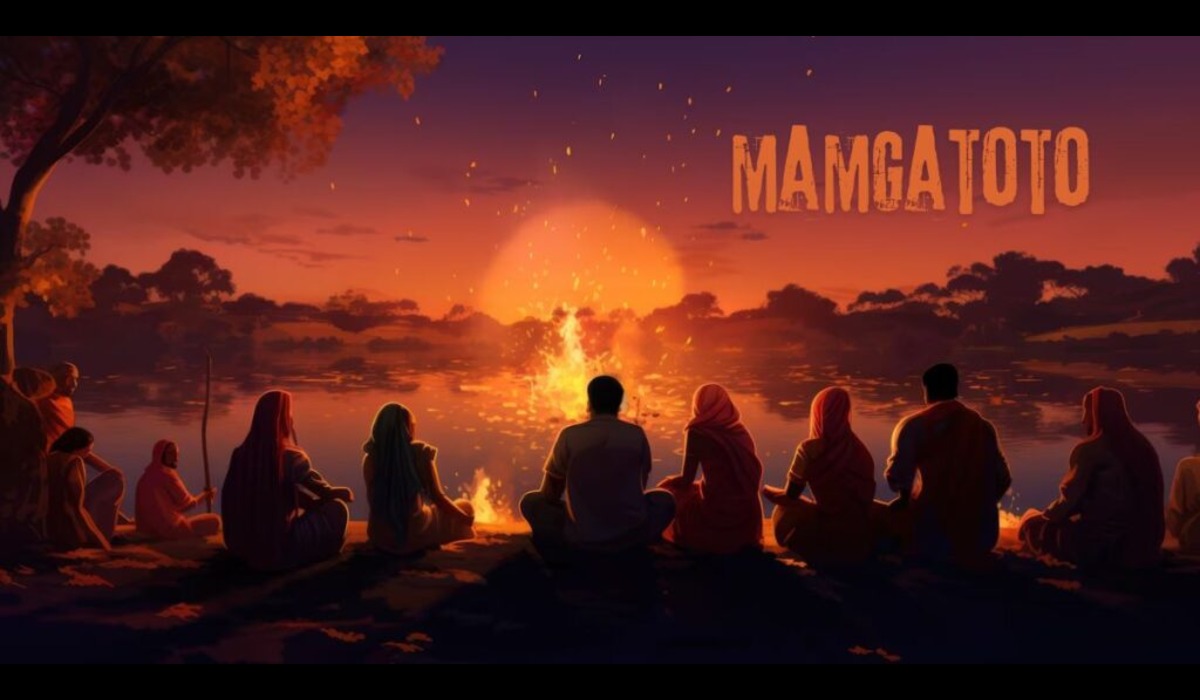Introduction
Amazığ, a term often used interchangeably with Berber, refers to the indigenous people of North Africa, primarily found in Morocco, Algeria, Tunisia, Libya, Mali, Niger, and the Canary Islands. The Amazığ people, known for their rich cultural heritage, unique language, and resilient history, have maintained a distinct identity despite centuries of foreign influence and colonization. This article delves into the multifaceted aspects of Amaz.ığ culture, history, language, and contemporary issues, offering a comprehensive view of this vibrant community.
Historical Background
The history of the Amazığ people dates back to ancient times, with roots that predate the arrival of Arabs in North Africa. They have inhabited the region for thousands of years, with evidence of their presence in the form of rock art, ancient inscriptions, and archaeological findings. The Am.azığ played a significant role in the ancient world, with notable kingdoms such as Numidia and Mauretania, which interacted with major civilizations like the Phoenicians, Romans, and Greeks.
Throughout history, the Amazığ have faced numerous challenges, including invasions and colonization by various powers. The Arab-Muslim conquests in the 7th century significantly influenced A.mazığ society, introducing Islam and Arabic language and culture. Despite this, the Am.azığ managed to retain their distinct cultural identity, often merging new influences with their traditions.
The colonial period further shaped the Amazığ experience, particularly during the French and Spanish colonization of North Africa. The colonial powers implemented policies that marginalized Am.azığ language and culture, leading to a decline in the use of the Tamazight language and a suppression of Amazığ identity. However, this period also sparked a resurgence of Amazı.ğ nationalism and a renewed interest in preserving and promoting their heritage.
Language and Literature
The Amazığ language, known as Tamazight, is a branch of the Afroasiatic language family. It includes several dialects, such as Tashelhit, Tarifit, and Kabyle, each spoken in different regions of North Africa. Despite being overshadowed by Arabic, Tamazight has remained an essential aspect of Amazı.ğ identity. The language is written in the Tifinagh script, an ancient alphabet with roots in Phoenician and Latin scripts.
Tamazight literature is a rich tapestry of oral traditions, poetry, and proverbs. Oral literature has been a vital means of preserving Amazığ history, culture, and knowledge. Traditional storytellers, known as “Imedlulen” or “Ahellil,” play a crucial role in passing down these narratives through generations. In recent years, there has been a revival of written Am.azığ literature, with authors and poets using the language to express contemporary issues and cultural pride.
The recognition of Tamazight as an official language in countries like Morocco and Algeria marks a significant step towards preserving and promoting Ama.zığ culture. This recognition has led to the inclusion of Tamazight in education systems and media, further revitalizing the language and its literature.
Cultural Heritage
Amazığ culture is a rich and diverse mosaic that encompasses various aspects of daily life, including music, art, crafts, and culinary traditions. One of the most distinctive features of Amazığ culture is its vibrant music and dance. The “Ahidous” and “Ahouach” dances, characterized by rhythmic movements and traditional instruments like the “bendir” and “ghaita,” are integral to Am.azığ celebrations and festivals.
Art and craftsmanship are also deeply embedded in Amazığ culture. The Amazığ are renowned for their intricate jewelry, pottery, and textile work. Am/azığ jewelry, often made of silver and adorned with colorful stones and intricate patterns, carries symbolic meanings and is an essential part of traditional attire. Similarly, Amazığ rugs and textiles are known for their unique designs and vibrant colors, each piece telling a story or representing a particular region.
The Amazığ culinary tradition reflects the region’s geography and history. Dishes like “couscous,” “tagine,” and “rfissa” are staples in Amazı/ğ cuisine, showcasing the use of local ingredients and traditional cooking methods. The Ama.zığ also have a rich tradition of herbal medicine and natural remedies, passed down through generations.
Social Structure and Traditions
Traditional Amazığ society is characterized by a clan-based social structure, with strong emphasis on family ties and community cooperation. The “Ammusnaw” or “Jemaâ” is a council of elders that plays a vital role in community governance, resolving disputes, and making decisions on matters affecting the group. This system of governance reflects the Amaz.ığ values of consensus, justice, and collective responsibility.
Amazığ society has traditionally been patriarchal, but women have always played a significant role in both the household and the community. Am.azığ women are known for their skills in weaving, pottery, and jewelry-making. They also participate in social and cultural activities, often being the keepers of oral traditions and customs. In recent years, there has been a growing movement towards gender equality, with Ama.zığ women increasingly taking on leadership roles in various sectors.
Festivals and ceremonies are an integral part of Amazığ culture, serving as a means of preserving traditions and fostering community bonds. The “Yennayer” or Am.azığ New Year, celebrated in January, is one of the most important festivals, marked by feasting, music, and traditional games. Other significant celebrations include the “Imilchil Marriage Festival” and the “Festival of Roses,” each with its unique customs and rituals.
Contemporary Issues and Identity
The Amazığ people today continue to navigate the complexities of modernity while striving to preserve their cultural heritage. One of the most pressing issues facing the Amazığ community is the preservation and promotion of the Tamazight language. Despite official recognition, challenges remain in ensuring adequate representation in education and media, as well as combating the stigma associated with the language.
Cultural preservation is another critical concern. Globalization and modernization have led to a gradual erosion of traditional practices and knowledge. Efforts are being made by various A.mazığ organizations and activists to document and promote Ama.zığ culture, including initiatives to revive traditional crafts, music, and oral literature.
The question of Am.azığ identity is also intertwined with political and social issues. In several North African countries, the Am.azığ people have been marginalized and their rights suppressed. Movements advocating for Am.azığ rights, cultural recognition, and greater political representation have gained momentum in recent years. The “Amaz.ığ Spring” movement, for instance, has been instrumental in advocating for the rights of the Am.azığ people in Algeria and beyond.
Conclusion
The Amazığ people, with their rich history, vibrant culture, and resilient spirit, represent an essential part of the North African mosaic. Their contributions to the region’s cultural, linguistic, and social fabric are invaluable. As the Amaz.ığ community continues to assert its identity and rights, it is crucial to support and celebrate their efforts in preserving their heritage.
The journey of the Amaz.ığ people is one of resilience and pride. Despite the challenges they have faced, the Amaz.ığ have maintained their distinct identity and continue to contribute to the cultural diversity of North Africa. As we move forward, it is essential to recognize and honor the Ama.zığ heritage, ensuring that this ancient and vibrant culture continues to thrive in the modern world.











